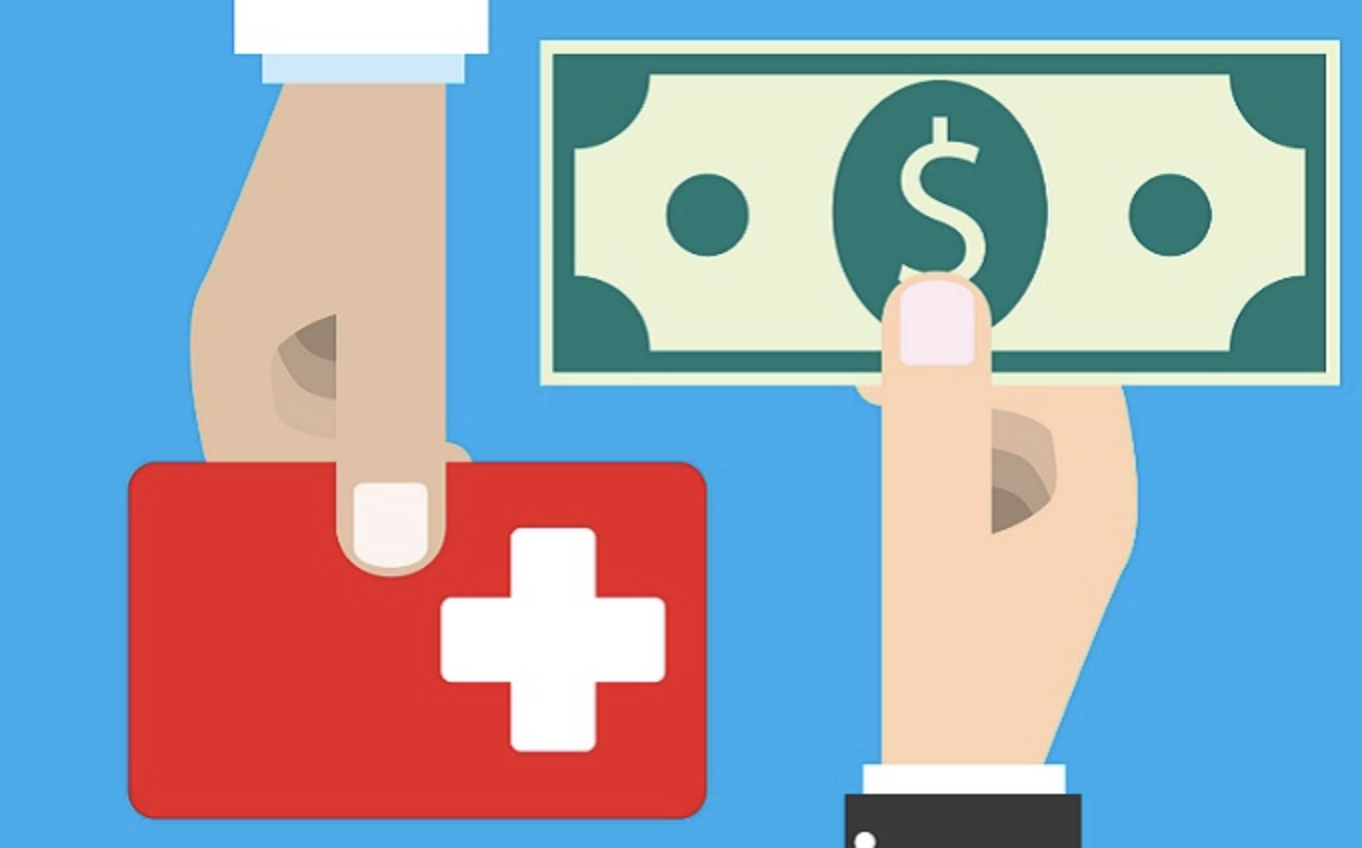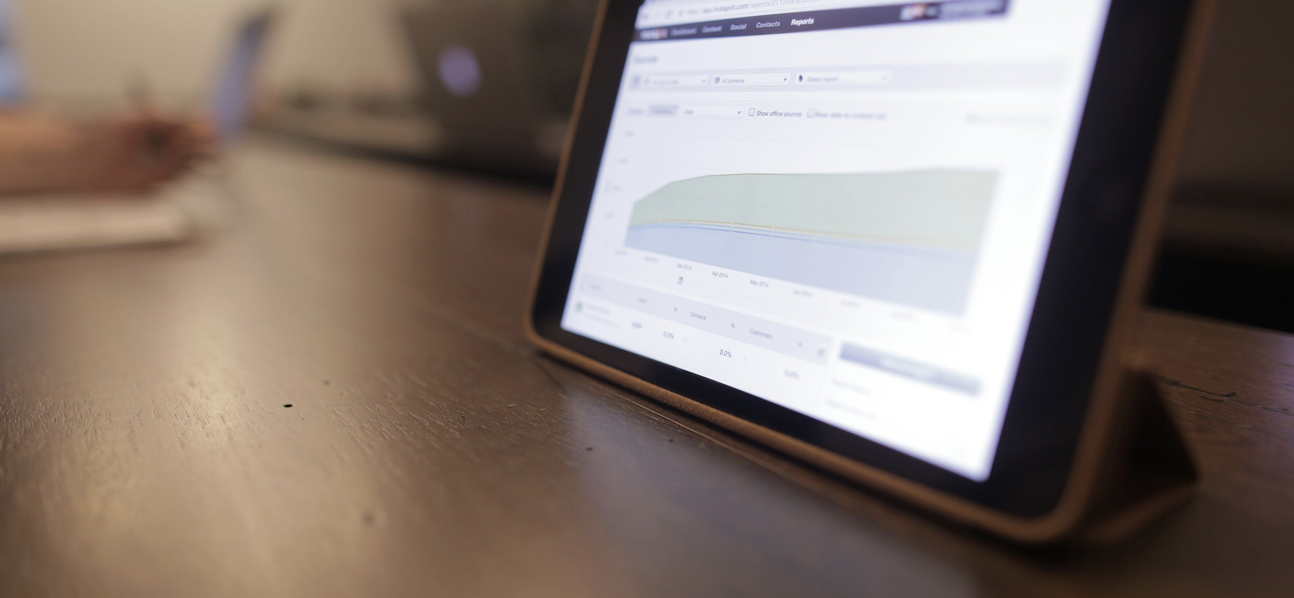Remote Patient Monitoring is still a relatively new telehealth program. It's reimbursable from Medicare/CMS – that's who started it. It's also reimbursable from most large commercial payers (e.g. United Health Care, Humana, Aetna), and many other payers, including 22 state Medicaid programs as of June 2021. The current code-set has been supported by Medicare/CMS since January of 2020. Key clarifications were made for January 2021, including items pertaining to the COVID-19 related Public Health Emergency (PHE). Now that we're halfway through 2021, we have more insight into what you can count on for billing and reimbursement requirements to deliver Remote Patient Monitoring this year – and beyond.
Before we go into detail – below is a simple "1-2-3" set of steps to optimize your billing/revenue cycle as it pertains to RPM.
DO THE FOLLOWING EACH CALENDAR MONTH
- Get at least one measurement for at least 16 days (only 2 required if COVID suspected or diagnosed).
- Spend at least 20 minutes and up to 60+ minutes providing virtual care for the patient. (Include at least one phone or video chat, like Zoom, check-in. This should include the review of the measurements and general care management services where the care team member is not talking to the patient live. Include at least one phone conversation or video chat check-in.)
- Consider enrolling patients who qualify, and need more than 60 minutes of support, in Chronic Care Management (CCM). Bill accordingly for additional virtual care services provided via CCM.
CONTACT US TO LEARN MORE ABOUT SOFTWARE THAT WILL AUTOMATE 1-2-3 AND MORE!
RPM in its current form is only 18 month old and we see a number of common questions. Beyond the simple "1-2-3" set of steps listed above, we are offering the top 7 most frequently asked questions we get from prospects and customers. These are common across more than 200 organizations who have, or are in the process of rolling out, RPM to their patients.
7 KEY RPM BILLING RULES FAQ
- Q: How many monitoring days do I need to bill CPT 99545 for ~$65 each month?
A: You should plan on 16 days of monitoring in every 30 day period. Covid diagnosed and suspected can be billed at 2 monitoring days, at least through the end of 2021 (i.e. the end of the Public Health Emergency (PHE) as it applies to the CMS 2021 Final Rule). In general, assume that ideally you are gathering at least one measurement each day for the highest quality care – one every ~2 days on average should also work for reimbursement purposes long term. - Q: Do I need written consent from the patient for RPM?
A: No, verbal consent is sufficient. Such consent should be recorded (who took the consent/what day and time and whether live or over the phone, and so on) - Q: Are there restrictions on what kind of measurements qualify for monitoring days (and the associated reimbursement)?
A: Yes. CMS states the device must 1) "Automatically upload patient physiologic data (i.e., data are not self-recorded and/or self-reported by the patient)" and 2) "Meet the definition of “medical device” stated in section 201(h) of the Federal Food, Drug and Cosmetic Act". - Q: Which patients are eligible for Remote Patient Monitoring?
A: Unlike Chronic Care Management, RPM eligibility is not determined based strictly on diagnoses codes. Instead, CMS states that RPM must "Be used to collect and transmit reliable and valid physiologic data that allow understanding of a patient’s health status in order to develop and manage a plan of treatment" OR "be reasonable and necessary for the diagnosis or treatment of the patient’s illness or injury". - Q: Can I deliver and bill for RPM and CCM on the same patient in the same month?
A: Yes. Of course you are not allowed to "double-count" the same monitoring/care team member's specific virtual care session for both RPM and CCM. But, for example, if the combined care team spent 120 minutes of virtual care time with the patient, that time is eligible to bill 60 minutes to RPM and 60 minutes to CCM. - Q: How much should I expect to bill for RPM?
A: Of course it depends on the needs of your patients and the goals of your RPM program. However, at a minimum you should expect to bill – each month for your RPM enrolled patients –a minimum of approximately $115 per patient per month (PPPM). This is comprised at a minimum of 99454 (16 monitoring days per month/30 day period = ~$65 national medicare average) + 99457 (20 minutes minimum of care team review and care management support = ~$50 national medicare average) = $115 PPPM.
Additional 20 minute chunks of virtual RPM care (beyond the first 20) will be reimbursed at ~$42.50 national medicare average under CPT 99458. So a patient billed at 60M of RPM virtual care time is ~$200PPPM ($115 + $85 = $200).
The general range depending on your practice and monthly virtual care time billed under RPM is $100 - $200 PPPM. - Q: What are the 2021 Medicare/CMS reimbursement rates for RPM?
A: The 2021 national payment rates for the five RPM codes are listed in the table below.
CPT Code Non-Facility Rate Facility Rate 99453 $19.19 Same 99454 $62.80 Same 99457 $50.94 $31.75 99458 $41.17 $31.75 99091 $56.87 Same
Summary CPT Code Descriptions:
CPT 99453: A ONE-TIME PAYMENT for the patient onboarding, set-up, and general patient education on the use of the equipment.CPT 99454: A RECURRING PAYMENT for collecting at least one measurement on at least 16 different days each month/30 day period from patients and automatically and electronically transmitting them to the care team.
CPT 99457: A RECURRING PAYMENT for the first 20 minutes of monitoring, review, communication, and care management services provided by clinical staff/physician/other qualified health care professional (QHP) in a calendar month. Clinical staff may work under the general supervision of the QHP (which means they do NOT have to be in the same building, or an employee of, the QHP).
CPT 99458: A RECURRING PAYMENT for each additional 20 minutes of monitoring, review, communication, and care management services provided by clinical staff/physician/other qualified health care professional in a calendar month.
CPT 99091: Can be billed INSTEAD of 99457/99458 but not TOGETHER with 99457/99458. Requires at least 30 minutes of the physician/other QHP’s time for the monitoring, review, communication, and care management services. Only QHP time may be counted.
We are happy to share with you our best practices and observations for RPM billing. This will include how our system automates the tracking, reporting, and alerting on every measurement and second of virtual care need for billing and audit protection. We also have an option – if you prefer – for 1bios to provide an end-to-end billing and Revenue Cycle Management solution for your RPM and other virtual care programs.




